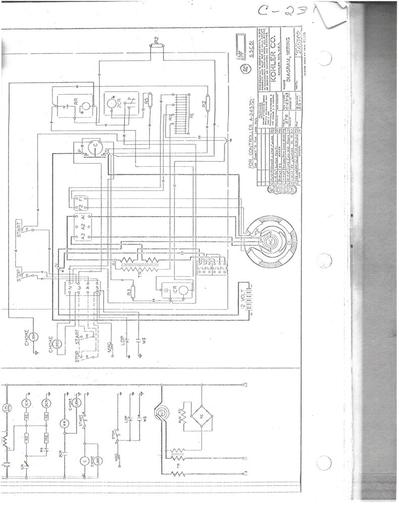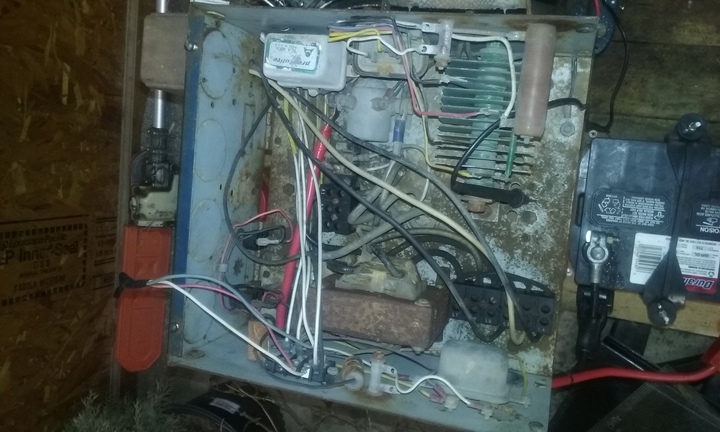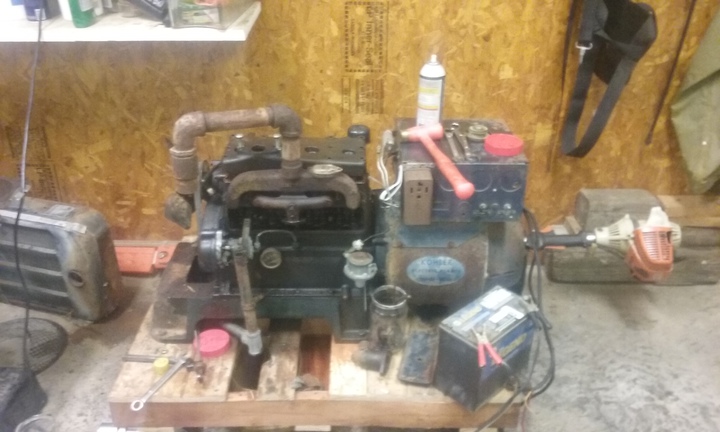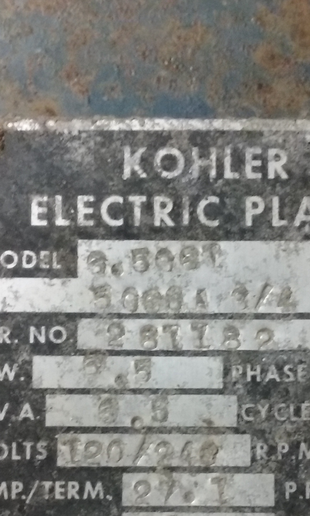blue_tractor_man
Member
I posted on the Smokstak forum, asking for information on what you called this type of transformer, but did not get an acceptable answer. I know that some of you guys are electrical engineers. This transformer takes the two legs of 120 volt output and feeds it into the middle of the transformer, presumably to equalize the losses, then the secondary side feeds into a selenium rectifier to power the exciters. Anyway, I have searched the world wide web and have not been able to find a schematic like the one here.
I am just curious, trying to learn about my generator.
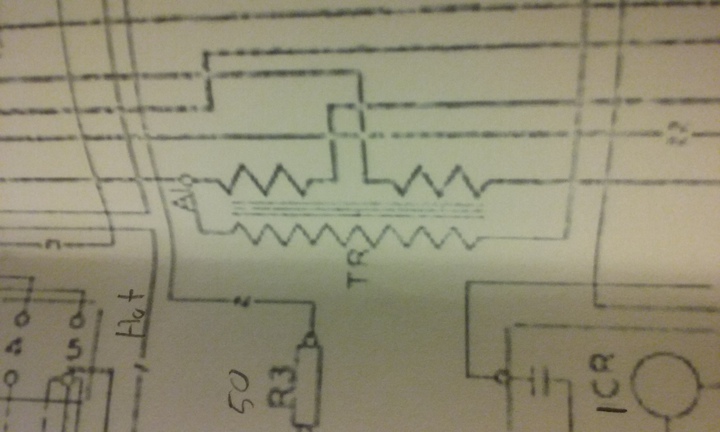
I am just curious, trying to learn about my generator.



